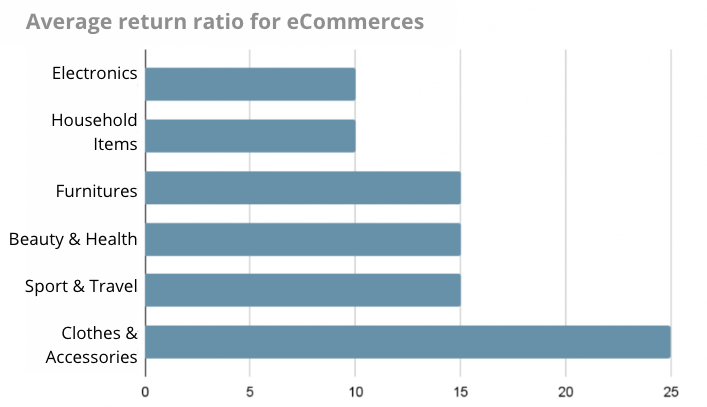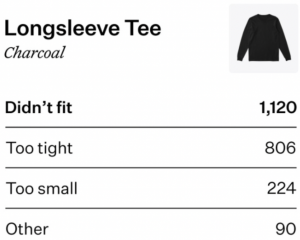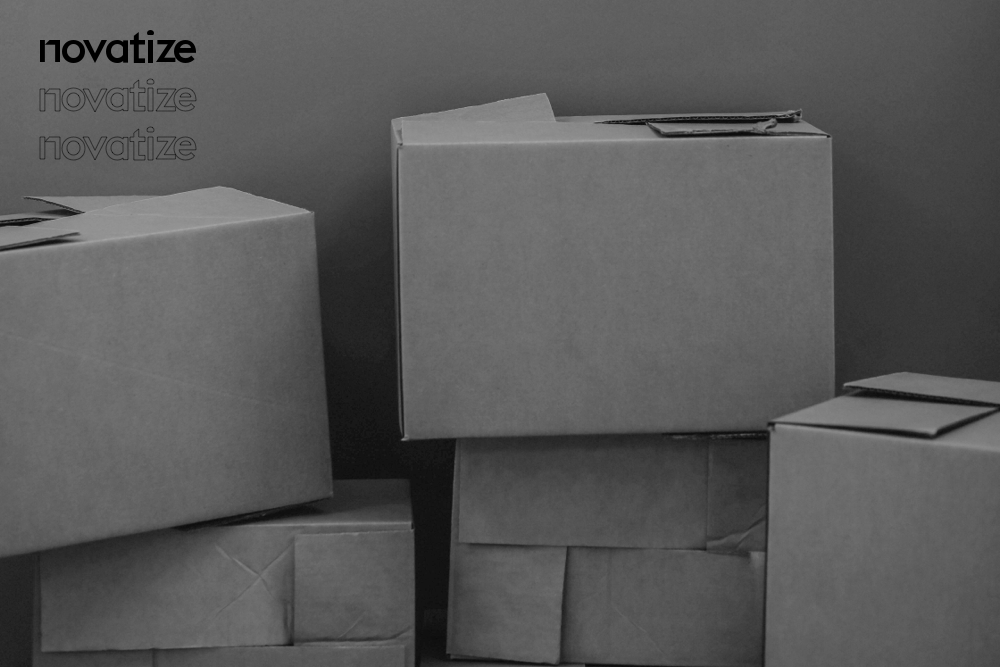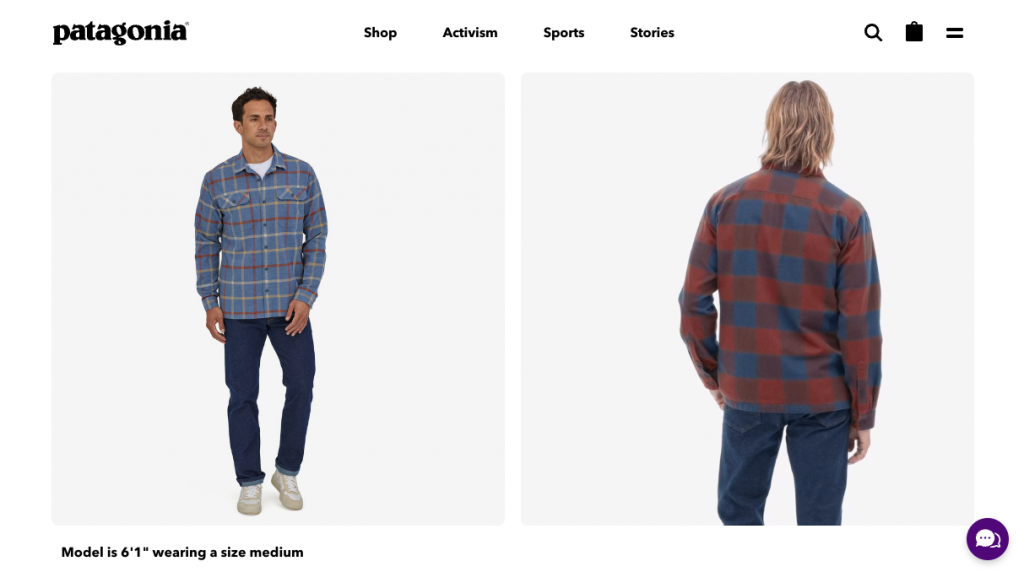What is Reverse Logistics in eCommerce?
Reverse logistics is a concept that is gaining ground in many industries and especially in eCommerce. What is it exactly? Why is it so important? What are the challenges of reverse logistics?
Reverse Logistics: Definition and Challenges
Reverse logistics represents all the processes and decisions implemented in the so-called “reverse” flows, i.e. circulating from the consumer to the producer. It consists in managing the return of products, components and raw materials, as well as their recycling or resale. Reverse logistics is a major issue for companies, as it has an impact on both operational and environmental costs, as well as on the perceived quality of service provided to customers.
In eCommerce, the categories for which returns are the highest are: electronics, home goods, furniture, health and beauty items, sports and travel equipment and, not surprisingly, clothing and accessories.
In 2021, returned merchandise was estimated at a value of 761 billion dollars (USD) worldwide (that’s more than Amazon’s 2021’s revenue).

The 5 R’s of reverse logistics
Reverse logistics is based on the following 5 R’s: Return, Resell, Repair, Reuse, Recycle.
The options for a company in a return context are therefore generally to recycle, resell at a discount, refurbish, sell on the second hand market, reuse or throw away. These choices will have an impact on its revenues, but also on customer satisfaction.
In the United States, 90% of returned products are still usable.
What are the causes of the increase in returns?
The average return rate in e-commerce in 2020 was 10.6% and it has increased to 16.6% in 2021.
Consumer
Consumer behaviour is changing. In fact, they will voluntarily purchase more items with the intention of making their choices at home and returning them. 19% of Americans admit that they regularly order more items to return. This is the ROBO concept: Return on Behalf.
Online sales process
When customers buy online, they don’t physically see the item they are about to receive. It is sometimes more difficult to meet their expectations. It is therefore natural that the return rate is higher for online sales channels than for stores.
Product design
Goods don’t have the same lifespan anymore. Indeed, obsolescence in the primary market also increases the number of returns and exchanges.
What is the impact of returns on businesses?
Returns represent a real logistical and financial headache for companies. Not only do they have to manage the return of the product, but also the refund of the customer and the recovery of the product.
On average, a consumer product in eCommerce will go through 7 logistic touch points during a transaction. For a return, the average number of touch points is over 20.
The impact of the process on consumer satisfaction should not be underestimated either. 79% of customers believe that a return should always be free. It is therefore up to companies and suppliers to absorb the costs of returns.
33% of companies say they have to increase the selling price to compensate for the cost of returns and reverse flows.
What is the impact of eCommerce returns on the environment?
Returns represent a significant cost for companies and have a negative impact on the environment. Sadly, 10% of returned products end up in landfills, which contributes to the accumulation of waste. Packaging is also an additional source of waste.
Transportation and the reverse logistics process also represent additional CO2 emissions. In the U.S. alone, it’s the equivalent of 3 million cars’ carbon emission.
How to prevent or better manage returns?
Eco-design and processes
If products, packaging and processes are designed with sustainability in mind, the impact of the reverse logistics process will be reduced.
Your quality control processes must be rigorous and will have an impact on the reverse logistics process.
In the way you present the products you sell, it is essential to give as much information as possible to accompany the customer in his choices. For example, the Oraki clothing company offers a complete size guide with a video that features mannequins wearing all sizes. The Canadian fashion retailer Simons has a size guide, design details and exchange and return policies right on the product page. This is a good way to limit the number of returns.
source : Patagonia
Return and exchange technology applications
Several applications are available on the market to facilitate the logistics process in-house. Some examples include: Loop returns, AfterShip, ReturnGo and Cycleon.

Return and exchange policy
Make sure you have a clear and well-publicized policy for managing your users’ expectations. Here are examples of policies used by different companies.
Since returns generate costs for the merchant (customer service, labels, etc.) it is common to see return policies that aim to share the cost with customers, especially for small businesses. Some will charge for the entire return label, others will offer free in-store returns, or the customer may be charged a flat fee in order to lighten the total return bill.
When it comes to larger companies, the customer often expects to get the free returns. Some return apps can be useful in this case to try to keep the sale and push the customer to make an exchange rather than a return. These apps will make exchange suggestions, allow the customer to store a new product in the catalog, or offer discounts if they choose to exchange or get their money back in the form of store credit.
In your policies, do not encourage the customer to make a return. It is not sustainable for e-merchants and the planet to encourage increasing return ratios. Some merchants even go so far as to put the return label directly into the shipping box. This is a harmful practice for the environment and encourages mass return behaviour.
Data collection and profitability calculations
When your customers return products, it is imperative to collect data on the reason for the returns. This will allow you to improve your product offering and understand the real intentions of purchase or dissatisfaction. Measure your return ratio and give yourself organizational goals to decrease it.

Most return apps offer data on returned products as in the example above. In this particular case, the company should clearly indicate to its customers on the product sheet that if they are hesitating between two sizes, it is better to go with the larger one. By putting this information forward, you increase customer satisfaction upon receipt of the product and, by the same token, you decrease the number of return requests.

Also, be sure to consider the entire purchase cycle in your cost calculations. Include after-sales service fees, losses, and all the steps in the reverse flow of the sale. After all, everything that happens after checkout is an expense for the merchant.
Circular commerce strategy
Second-hand marketplaces such as Tredup, Poshmark and Vinted represent a very strong trend in e-commerce. Why not implement a platform that allows your customers to resell or even repair their products? An example of this initiative is Womance, which offers directly on its website the possibility for its customers to resell the brand’s items. This is a creative strategy that increases traffic to your site and can help improve your eCommerce image.
Why is it important to talk about reverse logistics?
Reverse logistics will have an impact on your business, your revenues, your image, your customers’ satisfaction and the environment. It is a step in the logistics process that is too often overlooked or underestimated.
If you would like to discuss eCommerce logistics best practices with an expert at Novatize: Contact us.
CONTACT
To learn more about reverse logistic and how to apply it to your business, contact us !

SOURCES
Package fulfillment logistics and delivery expo Cincinnati juillet 2022
Inspired by what you’ve read?
Our team of experts can help you take your eCommerce to the next level!





